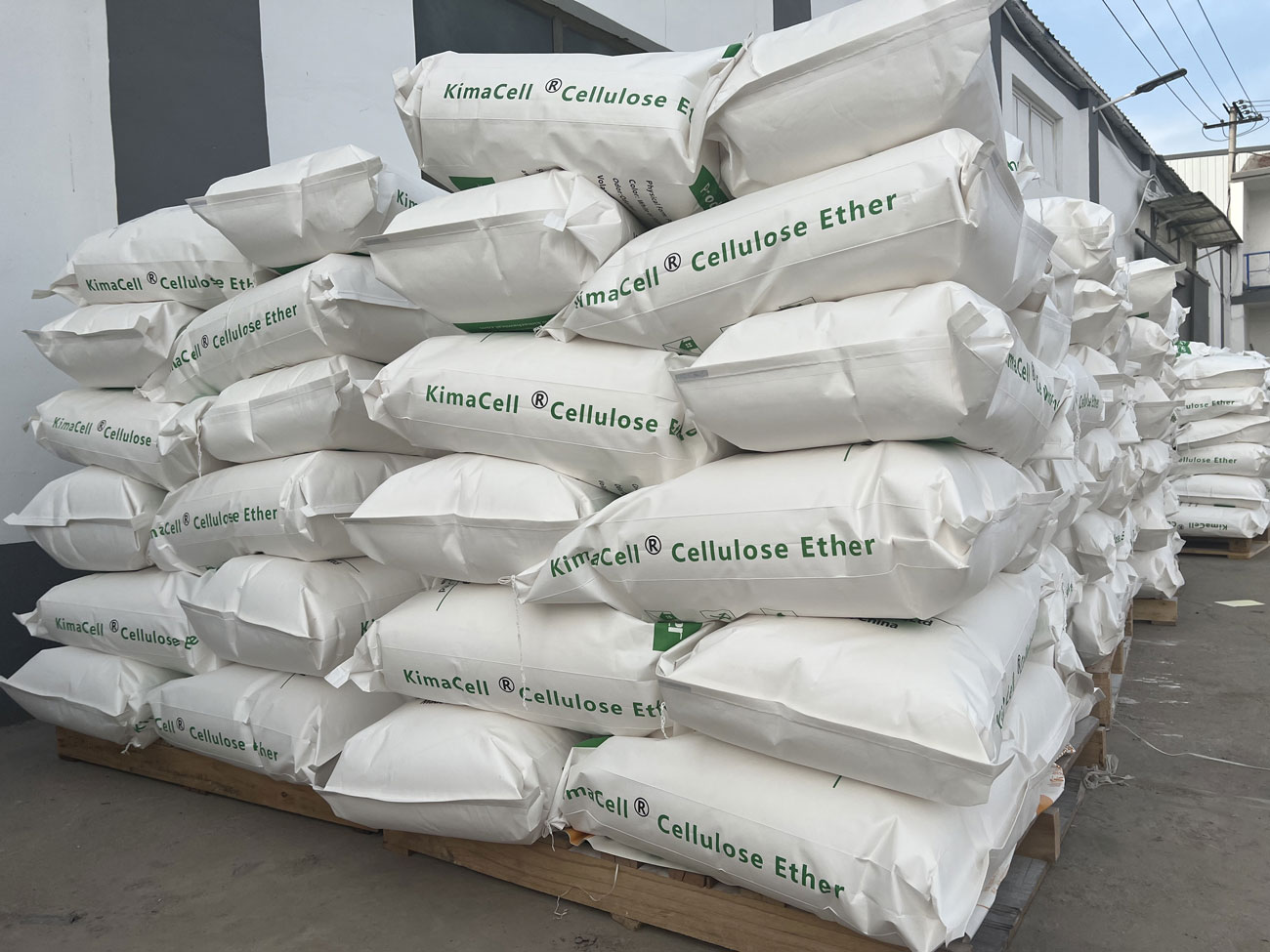Joseph Brama invented the extrusion process for the production of lead pipes in the late 18th century. It was not until the middle of the 19th century that hot-melt extrusion technology began to be used in the plastics industry. It was first used in the production of insulating polymer coatings for electric wires. Today hot melt extrusion technology is widely used not only in the production of polymer products, but also in the production and mixing of polymers themselves. At present, more than half of the plastic products, including plastic bags, plastic sheets and plastic pipes, are produced using this process.
Later, this technology slowly emerged in the pharmaceutical field and gradually became an indispensable technology. Now people use hot-melt extrusion technology to prepare granules, sustained-release tablets, transdermal and transmucosal drug delivery system etc. Why do people prefer this technology now? The reason is mainly because compared with the traditional production process in the past, hot melt extrusion technology has the following advantages:
Improve the dissolution rate of poorly soluble drugs
There are advantages to preparing sustained-release formulations
Preparation of gastrointestinal release agents with accurate positioning
Improve excipient compressibility
The slicing process is realized in one step
Open up a new path for the preparation of micropellets
Among them, cellulose ether plays an important role in this process, let’s take a look at the application of our cellulose ether in it!
Use of ethyl cellulose
Ethyl cellulose is a kind of hydrophobic ether cellulose. In the pharmaceutical field, she is now used in the microencapsulation of active substances, solvent and extrusion granulation, tablet piping and as a coating for controlled release tablets and beads. Ethyl cellulose can increase various molecular weights. Its glass transition temperature is 129-133 degrees Celsius, and its crystal melting point is minus 180 degrees Celsius. Ethyl cellulose is a good choice for extrusion because it exhibits thermoplastic properties above its glass transition temperature and below its degradation temperature.
In order to lower the glass transition temperature of polymers, the most common method is to add plasticizers, so it can be processed at low temperature. Some drugs can act as plasticizers themselves, so there is no need to re-add plasticizers during the drug formulation process. For example, it was found that extruded films containing ibuprofen and ethyl cellulose had a lower glass transition temperature than films containing only ethyl cellulose. These films can be made in the laboratory with co-rotating twin-screw extruders. The researchers also ground it into a powder and then performed thermal analysis. It turned out that increasing the amount of ibuprofen can lower the glass transition temperature.
Another experiment was to add hydrophilic excipients, hypromellose, and xanthan gum to ethylcellulose and ibuprofen micromatrices. It was concluded that the micromatrix produced by the hot-melt extrusion technique had a more constant drug absorption pattern than the commercially available products. The researchers produced the micromatrix using a co-rotating laboratory setup and a twin-screw extruder with a 3-mm cylindrical die. Hand-cut extruded sheets were 2 mm long.
Hypromellose use
Hydroxypropyl methylcellulose is a hydrophilic cellulose ether that swells into a clear or slightly cloudy colloidal solution in cold water. The aqueous solution has surface activity, high transparency and stable performance. Solubility varies with viscosity. The lower the viscosity, the greater the solubility. The properties of hydroxypropyl methylcellulose with different specifications are different, and its dissolution in water is not affected by the pH value.
In the pharmaceutical industry, it is often used in controlled release matrix, tablet coating processing, adhesive granulation, etc. The glass transition temperature of hydroxypropyl methylcellulose is 160-210 degrees Celsius, which means that if it relies on other substitutes, its degradation temperature exceeds 250 degrees Celsius. Because of its high glass transition temperature and low degradation temperature, it is not widely used in hot melt extrusion technology. In order to expand its scope of use, one method is to only combine a large amount of plasticizer in the formulation process as the two scholars said, and use an extrusion matrix formulation whose weight of plasticizer is at least 30%.
Ethylcellulose and hydroxypropylmethylcellulose can be combined in a unique way in the delivery of drugs. One of these dosage forms is to use ethylcellulose as the outer tube, and then prepare a hypromellose grade A separately. Base cellulose core.
The ethylcellulose tubing is produced using hot-melt extrusion in a co-rotating machine in the laboratory inserting a metal ring die tube, the core of which is made manually by heating the assembly until it melts, followed by homogenization. The core material is then manually fed into the pipeline. The purpose of this study was to eliminate the effect of popping that sometimes occurs in hydroxypropyl methylcellulose matrix tablets. The researchers found no difference in release rate for hydroxypropyl methylcellulose of the same viscosity, however, replacing hydroxypropyl methylcellulose with methylcellulose resulted in a faster release rate.
Outlook
Although hot melt extrusion is a relatively new technology in the pharmaceutical industry, it has attracted a lot of attention and is used to improve the production of many different dosage forms and systems. Hot-melt extrusion technology has become the leading technology for preparing solid dispersion abroad. Because its technical principles are similar to many preparation methods, and it has been applied in other industries for many years and accumulated a lot of experience, it has broad development prospects. With the deepening of research, it is believed that its application will be further expanded. At the same time, the hot-melt extrusion technology has less contact with drugs and a high degree of automation. After the transition to the pharmaceutical industry, it is believed that its GMP transformation will be relatively fast.
Post time: Dec-16-2022

